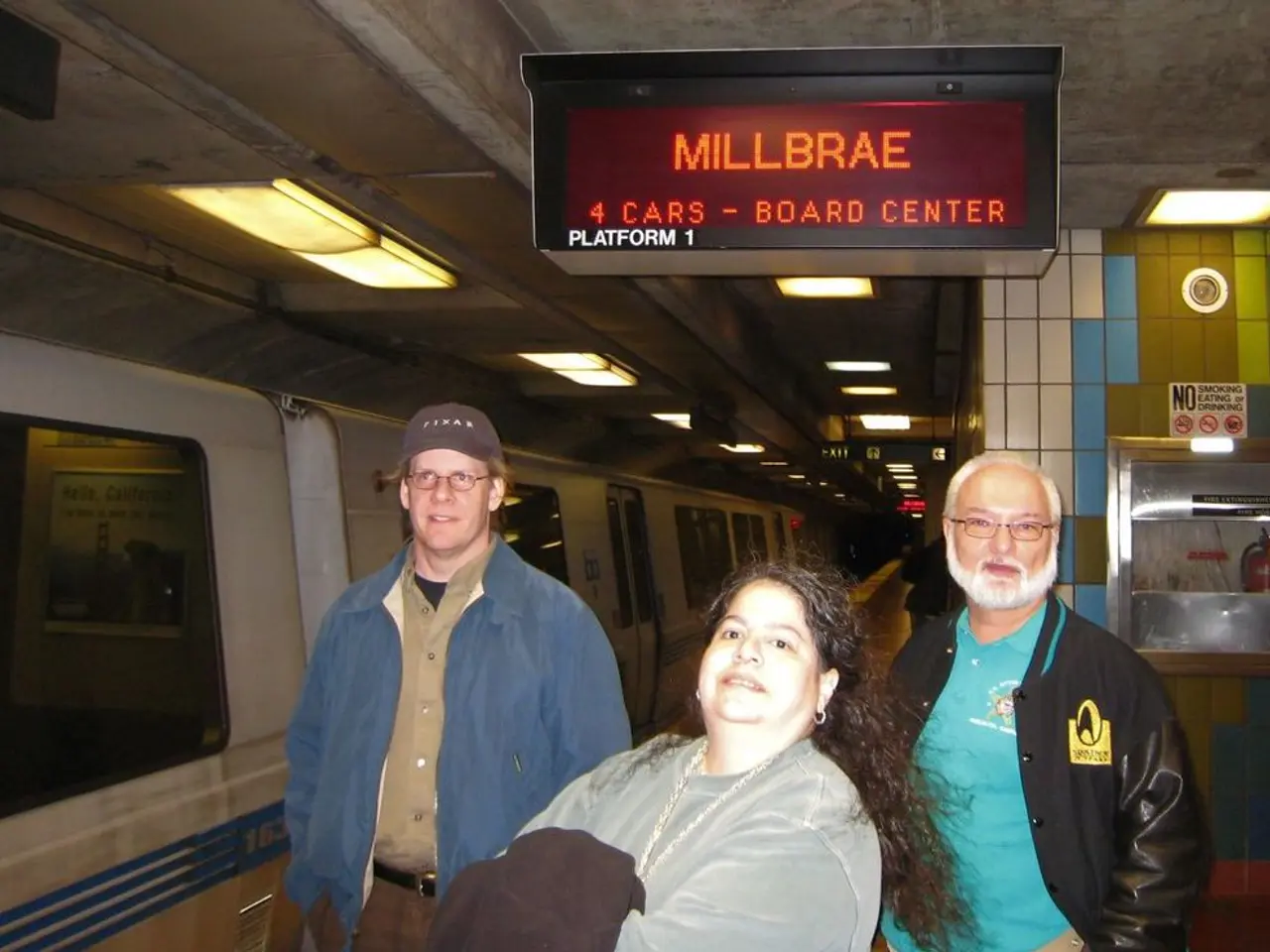Catastrophe as multiple passenger trains crash, resulting in the loss of more than 200 lives within India
In a devastating turn of events, a train collision occurred in the Balasore district of Odisha, India, on Friday evening. The incident, which left more than 200 people dead and around 900 injured, has caused immense sorrow and grief.
The collision involved the Bengaluru-Howrah Superfast Express, the Shalimar-Chennai Central Coromandel Express, and a freight train. The accident took place at around 7 pm on Friday evening in Balasore, a district located about 250 kilometers south of Kolkata and 170 kilometers north of Bhubaneswar.
Rescue operations were initiated immediately after the accident, with rescue teams from Bhubaneswar and Kolkata, the National Disaster Response Force (NDRF), state government teams, and the Air Force coordinated to maximize the effectiveness of the rescue operations. The ongoing operations continue, with multiple teams, including the NDRF, the Odisha Disaster Rapid Action Force, fire rescue teams, doctors, police personnel, and ambulances deployed to the site.
Prime Minister Narendra Modi expressed his distress and extended condolences to the affected families. West Bengal Chief Minister Mamata Banerjee is personally monitoring the situation, while Chief Minister Naveen Patnaik declared a one-day state mourning period to honor the victims of the train crash. The Prime Minister announced compensation of ₹2 lakh for the families of the deceased and ₹50,000 for the injured from the PM's National Relief Fund (PMNRF).
The ongoing investigations into the Balasore train collision focus on signaling system flaws and route dispatch errors. A railway official had warned of serious issues with the signaling system in February before the June 2023 accident, noting that the "route of dispatch gets altered after a train starts on signals with correct appearance of route in the SMS panel," which violates basic interlocking principles.
Union Railway Minister Ashwini Vaishnaw stated that the root cause of the triple-train collision had been identified and the probe was complete, with the commissioner of railway safety expected to submit the final report soon. The investigation highlights that a "paper line clear ticket" (PLCT) and signaling errors played a key role in the collision.
In response to the tragedy, Indian Railways has begun implementing technological upgrades such as the Direct Drive Electronic Interlocking (DDEI) system to address human errors and outdated signaling infrastructure that contributed to the accident. The calamity serves as a somber reminder of the importance of ensuring the safety and well-being of passengers and maintaining the highest standards of railway operations.
Efforts must be focused on investigating the causes of this horrific accident to prevent such tragedies from recurring in the future. The final official report is awaited.
- The collision has sparked discussions in the realm of policy-and-legislation, with calls for stricter safety measures and investigations into signaling system flaws in the railways, following the Balasore train accident.
- The Balasore train collision, resulting in numerous fatalities and injuries, has also drawn attention to the crime-and-justice system, as investigations into the cause of the accident continue, with a focus on holding responsible parties accountable.
- In the wake of the Balasore train collision, the general-news has been dominated by reports of the ongoing rescue efforts, the compensation announced by the Prime Minister, and the implementation of technological upgrades to improve railway safety, as well as updates on the progress of the official investigations. The tragic event has also prompted discussions around the importance of maintaining a robust system of car-accidents, fires, and disaster response to protect passengers and mitigate the impact of such catastrophes.






